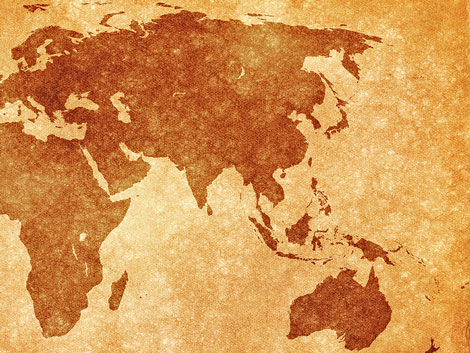
This article was originally published by Pacific Forum CSIS on 16 May 2017.
The Wannacry virus that attacked computers around the world last week is one more reminder of the growing threat posed by vulnerabilities in cyberspace. Over 100,000 networks in over 150 countries were infected by the malware; the actual ransoms paid appear to have been limited, but the total cost of the attack – including, for example, the work hours lost – is not yet known. Experts believe that this is only the most recent in what will be a cascading series of attacks as information technologies burrow deeper into the fabric of daily life; security specialists already warn that the next malware attack is already insinuated into networks and is awaiting the signal to begin.
Cyber threats are climbing steadily up the list of Asia-Pacific security concerns. Experts reckon that cyber crime inflicted $81 billion in damage to the Asia Pacific region in 2015 and the number of such incidents is growing. Online radicalization and other content-related issues pose expanding threats to the region, challenging national narratives and in some cases undermining government legitimacy and credibility. The networks and technologies that are increasingly critical to the very functioning of societies are vulnerable and those vulnerabilities are being distributed as regional governments are more intimately connected and more deeply integrated in economic communities. One recent study concludes that an ASEAN digital revolution could propel the region into the top five digital economies in the world by 2025, adding as much as $1 trillion in regional GDP over a decade. This growth and prosperity are threatened by proliferating cyber threats.




